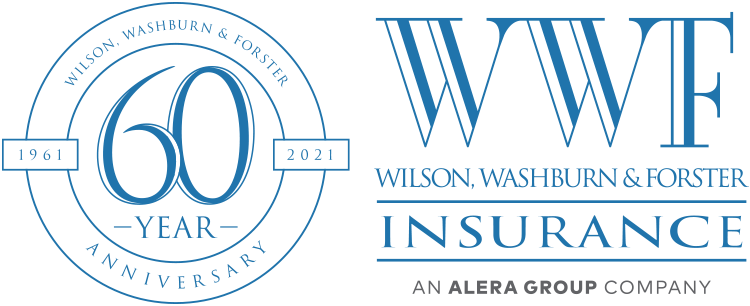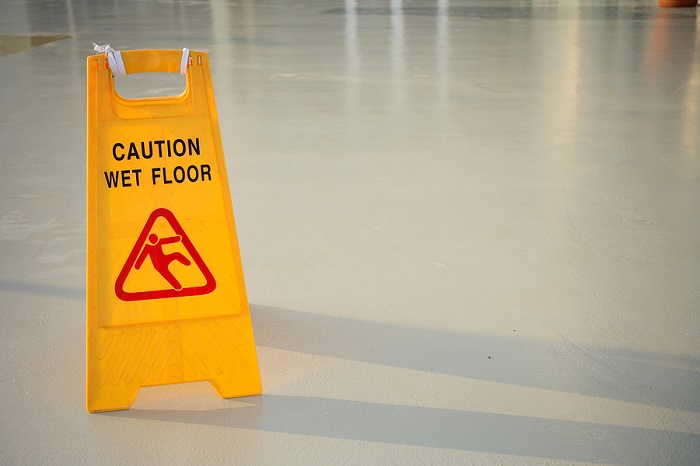Don’t underestimate slip, trip and fall risks. According to the CDC, 3 million older people are treated in emergency departments for fall injuries each year, and one in five falls causes broken bones, a head injury or other serious injury.
The result can be pain and suffering for the individual and a massive lawsuit for your business.
According to Insurance Business Magazine, “jaw-dropping” settlements have become the norm in retail slip-and-fall cases. In one example, a Florida jury awarded almost $2 million to a woman who experienced serious injuries after she fell in Tallahassee USA Grocers.
Businesses should take the following steps to reduce both the risk of an incident and their own liability. Proactive, preventative measures will also make your business a less attractive target for slip and fall fraud, which is all too common.
Step 1: Remove Dangerous Hazards
Your property may be a minefield of hazards. Prevent problems by removing common tripping and slipping dangers, including:
- Torn carpets
- Broken steps, tiles or pavement
- Electrical cords over walkways
- Other items left in walkways
- Slippery surfaces
Step 2: Provide Ample Lighting and Signage
Some hazards cannot be completely removed, so it’s important to make sure people are aware of the potential hazard.
- Put out wet floor signs as needed, such as when rain and snow might be tracked inside.
- Paint unexpected steps and provide signs to draw attention to any potential dangers.
- Provide ample lighting both inside and in parking areas and outdoor walkways.
Step 3: Monitor Your Property
You can’t fix a problem you don’t know about. It’s important to carefully monitor your property by walking areas open to the public several times each day. This should include both interior and exterior areas.
- Have employees perform routine checks.
- Clean up any spills or other hazards immediately.
- Have any broken or torn flooring or steps and other potential hazards repaired promptly.
- Make sure your building is up to code regarding slip and fall prevention. For example, verify that handrails are present where needed and that they are the proper height.
- Take action to reduce slippery surfaces. For example, you may need to use slip-resistant paint or provide non-slip mats.
- Document all actions taken. If a slip and fall claim is made against you, you’ll want to have evidence that shows you have been doing everything possible to keep your premises safe and to fulfill your duty of care.
- Consider installing security cameras. If someone is injured on your property – or if someone tries to fake an injury – the camera could provide key evidence.
Step 4: Respond Quickly to Any Incidents
If someone falls on your property, you need to act quickly to provide help and to protect your company from liability.
- Help the person get medical care immediately.
- Watch your tone. If you sound angry or defensive, the person may respond in kind, and that can lead to an escalation of the situation. On the other hand, if you are overly apologetic, this may be interpreted as admitting fault. You want to be kind, caring and professional.
- Document the incident. Get a statement from the person who fell as soon as you can, or from someone who was with the person if the person cannot make a statement. Also ask for witnesses and collect their statements. Take photos of the scene to document the condition and check for any security footage.
- Contact your insurer immediately.
Step 5: Ask Your Insurance Partner for Assistance
Wilson, Washburn & Forster is a boutique independent insurance agency that has been in business since 1961. As a local broker, we are experienced in helping Florida businesses manage their insurance exposures. You will find that our experience, claims handling, service, and community commitment is unrivaled.
Contact us today for a complimentary analysis of your current insurance program by an insurance specialist in this field at 786-454-8384.








Leave a Reply